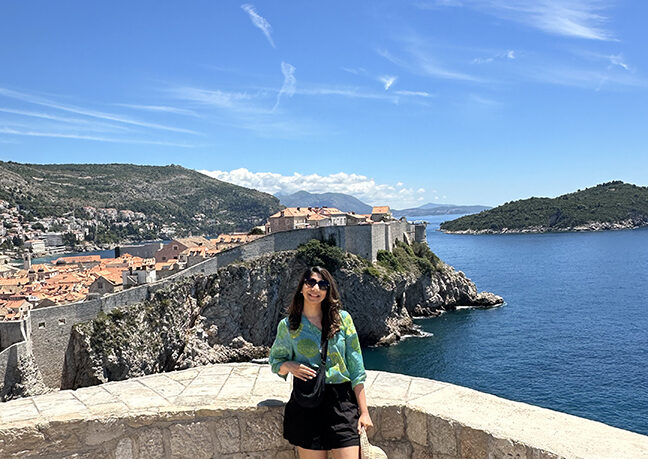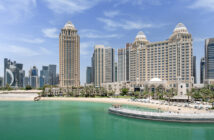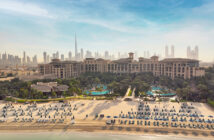From deep blues of the Adriatic Sea nestled in giant mountains to medieval towns with ancient fortresses, the Balkans are a hidden gem with an intriguing history and rich folklore.
If you struggle to pick the perfect family travel destination for every Eid break, you’re not alone! As a city girl married to a nature enthusiast, our trip to the Balkans was long overdue. We explored Dubrovnik, the Bay of Kotor, and Sarajevo—each with its unique charm and shared history as part of former Yugoslavia. Here’s why these three destinations should be on your travel radar.
Dubrovnik, Croatia
Picture orange roofed houses guarded by medieval stone walls along the deep blue Adriatic Sea. After landing in Podgorica, Montenegro’s sleepy capital, we drove into Dubrovnik and were greeted by bustling cobbled alleys packed with restaurants, cafes, and boutique stores selling traditional Croatian embroidery, souvenirs, designer jewellery, and clothing.
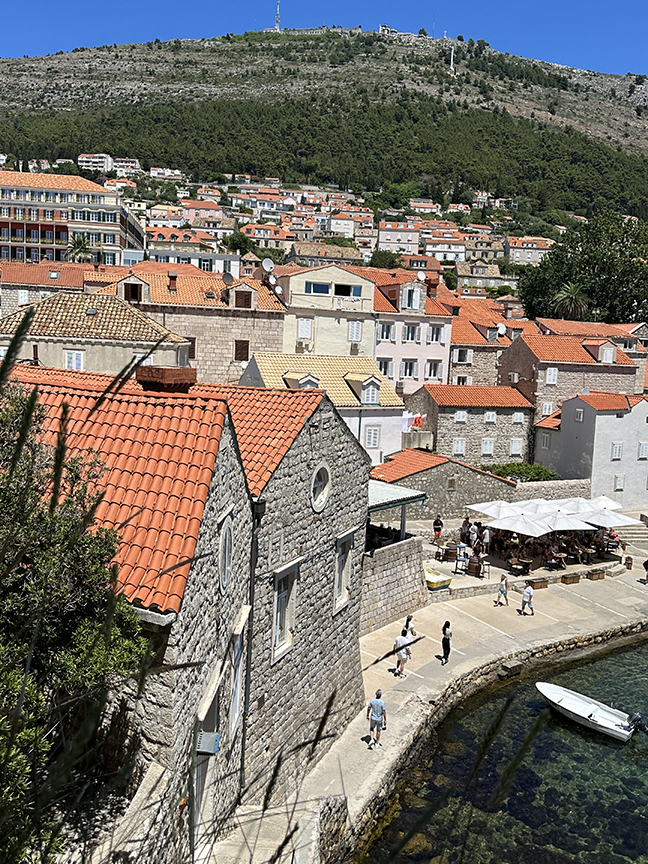
The old town as expected was rather busy but that didn’t take away the charm of exploring the medieval city walls, imagining them during its glory years of salt and ship-building trade. A highlight of my travels is striking up conversations with locals, who often share fascinating legends and stories. For instance, our Uber driver explained that Dubrovnik’s name comes from the Slavic word ‘Dubs,’ meaning oak, as oak wood was used in its construction. Another interesting conversation was with a folk-dance performer, who shared how his grandmother wore traditionally embroidered dresses while farming which are now preserved for dance performances. ‘The Pearl of Adriatic’ lived up to its hype with centuries-old Romanesque, Renaissance, and gothic-style buildings. It’s no surprise that Star Wars and Game of Thrones creators chose it for filming!
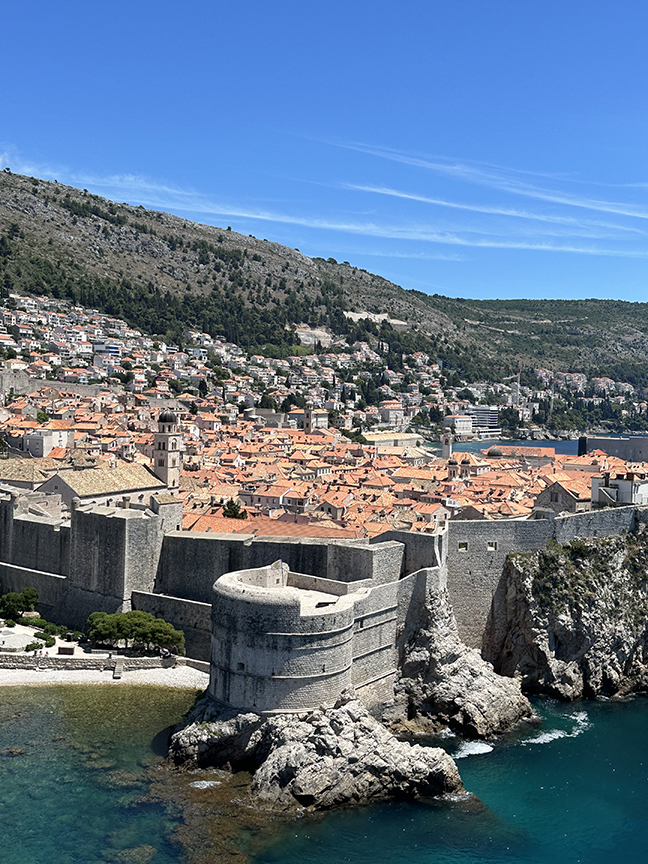
Bay of Kotor, Montenegro
My first impressions of Montenegro, aptly named “black mountain” in Italian, are of towering mountains cradling the serene Adriatic Sea. A two-hour scenic drive from Dubrovnik brought us to Perast, a charming village on the Bay of Kotor with just 300 residents. With soothing waves on glistening waters, bobbing boats, and romantic seaside porches, this posh village was a great base to explore Kotor.
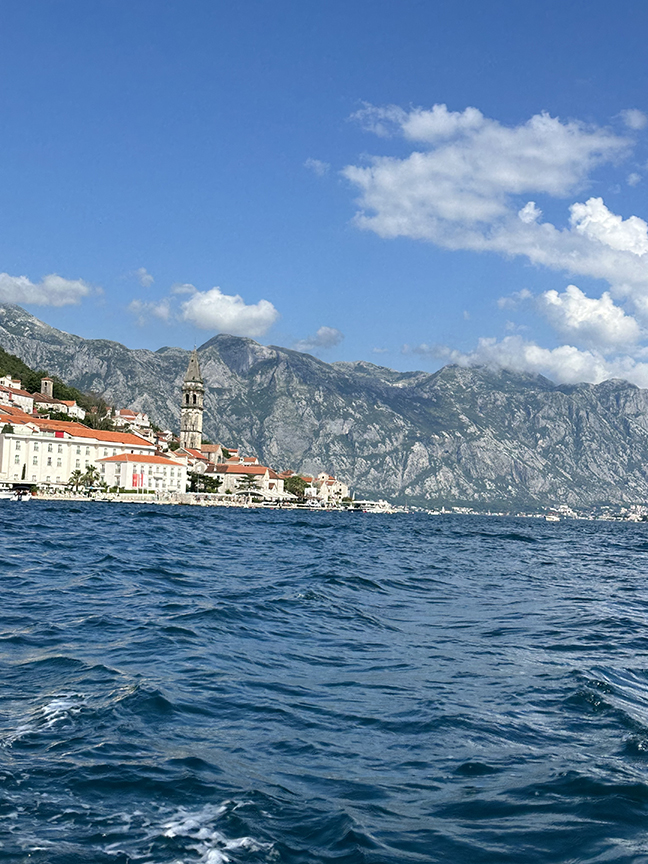
The village is dotted with elegant palaces and churches, reflecting its rich maritime history. Perast’s picturesque island, Our Lady of the Rocks adds a magical touch to the stunning landscape. According to legend, sailors discovered an icon of the Madonna and Child on a rock in the sea in 1452. Over time, the faithful brought rocks to the site, creating an island large enough for a chapel and lighthouse. A day trip to Kotor Bay is highly recommended. As a museum geek, I was drawn to the quirky Cat Museum with quite the story – what started off as a strategy to control a mice infestation on the island, soon turned its locals into cat lovers! The museum now showcases memorabilia, postcards, movie and advert posters, antique engravings, and lithographs depicting cats in various settings, from domestic life to mythological scenes.

Sarajevo, Bosnia
The capital of Bosnia and Herzegovina has been one of the most intriguing places I’ve visited. For starters, I was surprised to see a rather laid-back city with cutesy houses stacked up on mountain slopes rather than skyscrapers and bustling modernity, offering a unique blend of old-world charm. From Ottoman-era bazaars and caravans to pastel Austro-Hungarian architecture, the city tells a story of centuries-old coexistence and rich cultural amalgamation. A striking example of this blend is ‘Meeting of Cultures’ street in the heart of the old town, where one side resembles Istanbul while the other looks like Vienna.
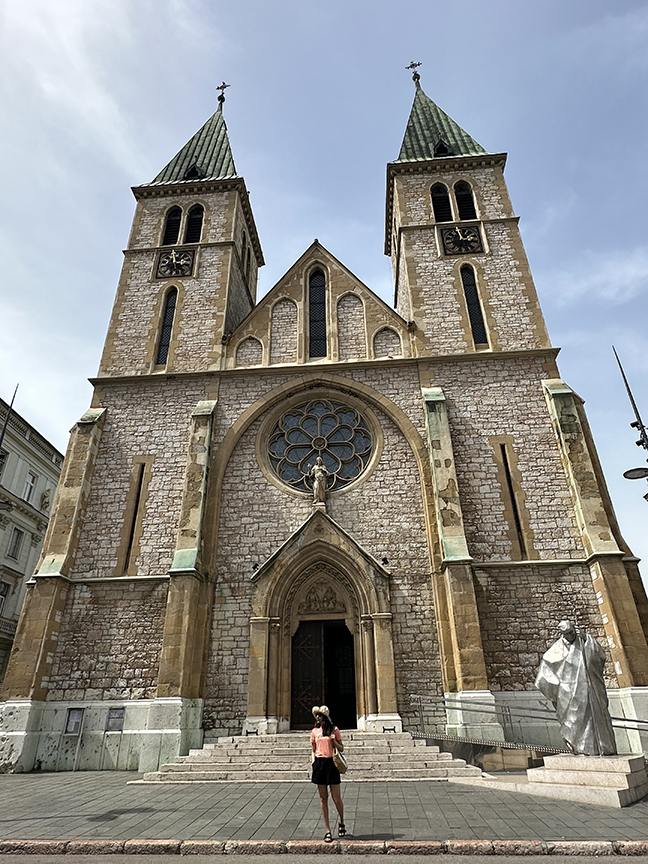
Sarajevo is also the only city where I’ve heard church bells followed by the Adhan, a testament to its harmonious religious diversity. A city so diverse is guaranteed to offer a delightful blend of cuisines. Don’t miss trying out meaty mains like Dolma, Ćevapi, Klepe followed by Tufahija, a local dessert with poached apples stuffed with a mixture of walnuts and sugar, topped with whipped cream. I was surprised by the cool, refreshing natural water throughout Sarajevo, especially at Baščaršija’s Sebilj fountain, where legend says drinking from it ensures a return to the city and I sure took a few extra gulps!

Exploring the Balkans was an ideal mix of nature, culture and adventure travel. From Dubrovnik’s medieval charm to the serene beauty of Kotor and the cultural blend of Sarajevo, it was a great gateway from the desert landscape.
How to Get There (Transportation):
- Flights from Riyadh
- Rental car/private taxis between countries
What To Prepare (Documents, Visas)
- Pre-used valid Schengen visa
- Exit-re-entry visa if expat in KSA
- Hotel reservations
- Return flight ticket
Where To Stay (Accommodation)
- Dubrovnik: City Hotel Dubrovnik
- Perast, Kotor : Heritage Grand Hotel, Bluemarine apartments
- Sarajevo: Europe Hotel, Apartmani071 (studio apartment)
Recommended Experiences:
- Dubrovnik: Croatian folk-dance performance, Fort Lovrijenac
- Bay of Kotor: Kotor Cat Museum, Marshall’s Gelato (lavender flavor)
- Sarajevo: Winter Olympics Museum, Old Bazaar (Baščaršija)
What to Bring during summer months (Packing Essentials):
- Light summer clothing
- Hat and sunscreen
- A hand-fan
What to Bring Home (Souvenirs):
- Croatian embroidery from Dubrovnik
- A cat-themed trinket from the Bay of Kotor
- Copper coffee sets/wall hanging from Baščaršija in Sarajevo

